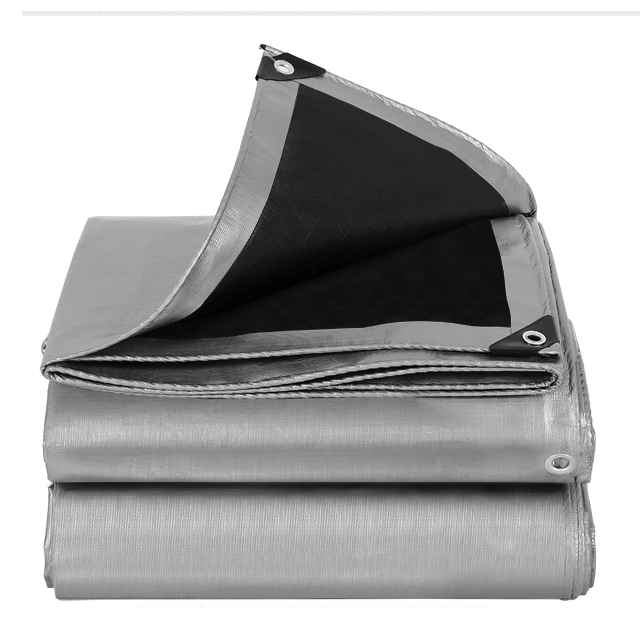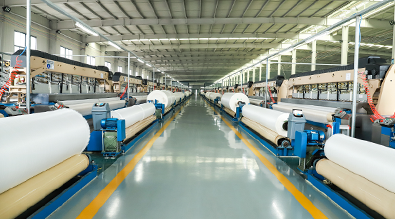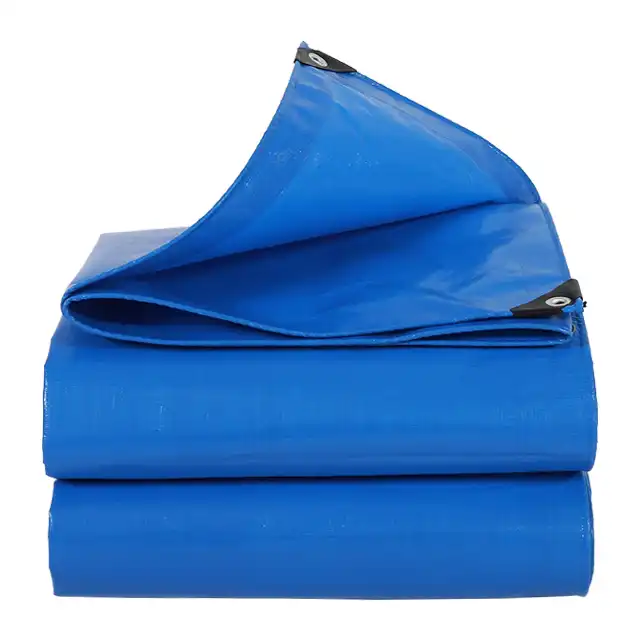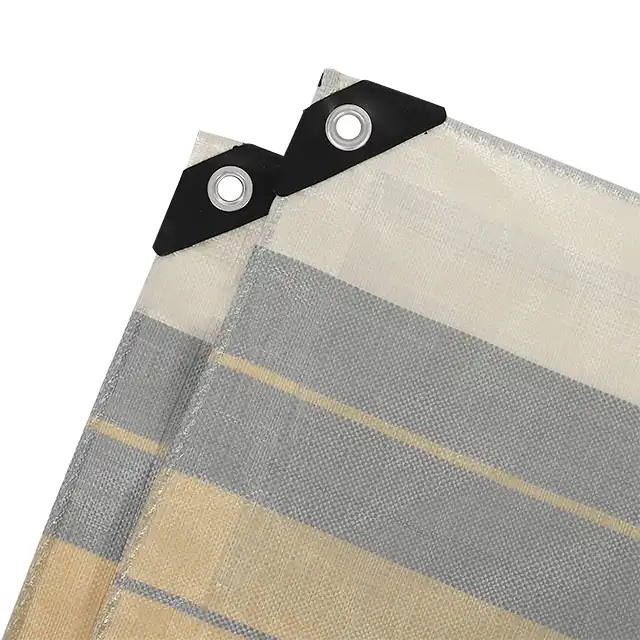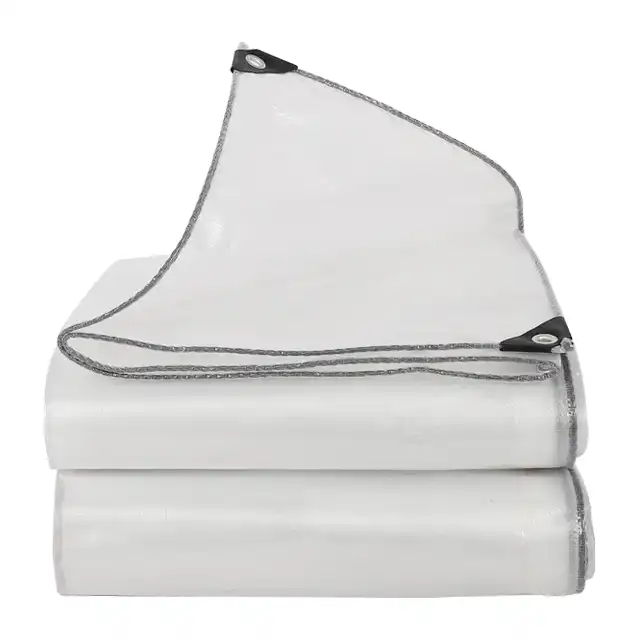Recommended Clear Tarpaulins for Greenhouse Use
Picture this: you've invested time, money, and passion into building the perfect greenhouse structure, only to watch your plants struggle because of inadequate covering materials that fail to provide proper light transmission, weather protection, or durability. Choosing the wrong greenhouse tarpaulin can result in poor plant growth, increased heating costs, and frequent replacement expenses. This comprehensive guide addresses these critical concerns by providing expert recommendations for clear tarpaulins specifically designed for greenhouse applications, ensuring optimal plant health and long-term cost-effectiveness for your agricultural investment.
Essential Features of Quality Greenhouse Tarpaulin Materials

When selecting greenhouse tarpaulin solutions, understanding the fundamental characteristics that distinguish professional-grade materials from basic covers becomes paramount for successful cultivation. Professional greenhouse tarpaulin must balance multiple performance criteria including light transmission efficiency, weather resistance, and structural durability. The most effective greenhouse tarpaulin materials utilize high-density polyethylene (HDPE) woven fabric combined with low-density polyethylene (LDPE) coating, creating a composite structure that delivers exceptional strength while maintaining optimal transparency levels. This construction methodology ensures that greenhouse tarpaulin products can withstand environmental stressors while facilitating proper photosynthetic processes for plant growth. Advanced greenhouse tarpaulin manufacturing processes incorporate UV stabilization treatments ranging from 1% to 7% concentration, significantly extending material lifespan and preventing degradation from continuous sun exposure. The incorporation of UV treatment in greenhouse tarpaulin products directly impacts their ability to maintain structural integrity and optical clarity over extended periods. Professional-grade greenhouse tarpaulin typically features mesh counts between 10x10 and 14x14, providing the optimal balance between strength and flexibility necessary for greenhouse applications.
-
Weight Classifications and Performance Standards
Professional greenhouse tarpaulin products are available in various weight classifications, typically ranging from 120gsm to 220gsm, with each weight category serving specific application requirements. Medium-duty greenhouse tarpaulin in the 120-150gsm range provides excellent performance for standard greenhouse applications while maintaining cost-effectiveness. Heavy-duty greenhouse tarpaulin options in the 180-220gsm range offer enhanced durability for commercial operations or areas experiencing severe weather conditions. The thickness specifications for quality greenhouse tarpaulin typically range from 7 to 12 mil, with thicker options providing increased puncture resistance and longevity. The roll width capabilities of modern greenhouse tarpaulin manufacturing can reach up to 5.1 meters, enabling seamless coverage for large greenhouse structures without requiring multiple joints or seams. This wide-width capability in greenhouse tarpaulin production eliminates potential weak points and reduces installation complexity while ensuring uniform coverage across extensive growing areas.
Optimal Material Composition for Greenhouse Applications
The scientific approach to greenhouse tarpaulin material selection involves understanding how different polymer compositions affect plant growth environments. Premium greenhouse tarpaulin utilizes a multi-layer construction combining HDPE woven fabric substrates with LDPE coating layers, creating materials that exhibit exceptional tear resistance while maintaining high light transmission rates. This specific combination in greenhouse tarpaulin manufacturing ensures that the covering can withstand mechanical stress from wind loads, thermal expansion, and installation procedures without compromising optical performance. Transparent green coloration in greenhouse tarpaulin provides subtle light filtering that can benefit certain plant species while maintaining high visibility for monitoring crop conditions. The color selection in greenhouse tarpaulin directly influences the growing environment, with clear options maximizing light transmission and tinted versions offering specialized spectrum modification. Advanced greenhouse tarpaulin formulations incorporate anti-condensation properties that prevent water droplet formation on interior surfaces, reducing disease pressure and maintaining optimal humidity levels.
-
Advanced Performance Characteristics
Modern greenhouse tarpaulin incorporates multiple performance enhancements beyond basic weather protection. Anti-freezing properties ensure that greenhouse tarpaulin remains flexible and manageable even in sub-zero temperatures, preventing material brittleness that could lead to cracking or tearing during winter months. The shrink-proof characteristics of quality greenhouse tarpaulin prevent dimensional changes that could compromise fit and tension over time. Corrosion resistance in greenhouse tarpaulin materials extends beyond the primary fabric to include reinforcement components and hardware attachment points. This comprehensive approach to corrosion protection ensures that greenhouse tarpaulin systems maintain structural integrity throughout their service life, even in high-humidity environments typical of greenhouse operations.
Installation Methods and Structural Considerations
Proper installation techniques significantly impact the performance and longevity of greenhouse tarpaulin systems. Professional greenhouse tarpaulin installation begins with accurate measurement and planning to minimize waste while ensuring complete coverage. The spacing of grommets in greenhouse tarpaulin typically occurs every 36 inches along the perimeter, providing adequate attachment points for secure fastening without creating excessive stress concentrations. Reinforced corners in greenhouse tarpaulin construction distribute loads more effectively and prevent premature failure at high-stress connection points. The implementation of heat-sealed edges in greenhouse tarpaulin manufacturing creates watertight seams that prevent moisture infiltration and edge fraying. Professional-grade greenhouse tarpaulin incorporates rust-resistant grommets manufactured from corrosion-resistant materials that maintain their integrity in high-humidity environments.
-
Securing and Tensioning Systems
Effective greenhouse tarpaulin installation requires appropriate tensioning to prevent sagging while avoiding over-stress that could lead to material failure. The use of bungee cords, rope systems, and specialized clips ensures that greenhouse tarpaulin maintains proper positioning without restricting natural thermal expansion and contraction cycles. Strategic placement of support structures beneath greenhouse tarpaulin helps distribute wind loads and prevents material fatigue from repeated flexing. Seasonal adjustments to greenhouse tarpaulin tension accommodate material expansion and contraction caused by temperature variations. Regular inspection and maintenance of greenhouse tarpaulin fastening systems prevent minor issues from developing into major failures that could compromise crop protection.
Durability and Maintenance Requirements
Long-term performance of greenhouse tarpaulin depends significantly on proper maintenance practices and understanding material limitations. Quality greenhouse tarpaulin exhibits exceptional resistance to common agricultural chemicals, fertilizers, and cleaning solutions, allowing for routine maintenance without material degradation. The waterproof characteristics of professional greenhouse tarpaulin should maintain effectiveness for multiple growing seasons when properly maintained and installed. Regular cleaning of greenhouse tarpaulin surfaces removes accumulated debris and maintains optimal light transmission rates. Gentle pressure washing or hand washing with mild detergents preserves the integrity of greenhouse tarpaulin coatings while removing environmental contaminants that could affect optical clarity. Inspection schedules for greenhouse tarpaulin should include examination of attachment points, surface condition, and overall structural integrity to identify potential issues before they impact operations.
-
Repair and Replacement Indicators
Understanding when greenhouse tarpaulin requires repair or replacement helps maintain optimal growing conditions and prevents crop damage from material failure. Signs of greenhouse tarpaulin deterioration include reduced transparency, surface cracking, edge fraying, or compromised waterproof performance. Emergency repair techniques for greenhouse tarpaulin can provide temporary solutions while permanent replacements are procured, ensuring continuity of crop protection. Professional greenhouse tarpaulin suppliers often provide repair kits and technical support to extend material service life and maximize investment returns. Documentation of greenhouse tarpaulin performance and maintenance activities helps establish replacement schedules and budget planning for ongoing operations.
Cost-Effectiveness and Value Analysis
Professional greenhouse tarpaulin selection should consider total cost of ownership rather than initial purchase price alone. Higher-quality greenhouse tarpaulin materials typically provide longer service life, reduced maintenance requirements, and improved plant growth conditions that translate to better crop yields and quality. The economic benefits of premium greenhouse tarpaulin extend beyond material costs to include labor savings, reduced crop losses, and improved operational efficiency. Bulk purchasing of greenhouse tarpaulin can provide significant cost advantages for commercial operations or cooperatives managing multiple growing facilities. Many professional greenhouse tarpaulin manufacturers offer volume discounts and customization services that reduce overall project costs while ensuring optimal performance for specific applications. The monthly production capacity of established greenhouse tarpaulin manufacturers can reach 4000 metric tons, ensuring reliable supply availability for large-scale projects.
Conclusion
Selecting the right clear tarpaulins for greenhouse applications requires careful consideration of material composition, performance characteristics, installation requirements, and long-term durability. Quality greenhouse tarpaulin provides essential protection while facilitating optimal growing conditions through superior light transmission and environmental control capabilities.
Cooperate with Linyi Shengde Plastic Co., Ltd.
As a leading China greenhouse tarpaulin factory established in 2003 with over 20 years of expertise, Linyi Shengde Plastic Co., Ltd. has built an exceptional reputation as a trusted China greenhouse tarpaulin supplier and China greenhouse tarpaulin manufacturer. Our comprehensive manufacturing capabilities include 30+ high-tech extruding machines, 400+ Korea-imported automatic water-jet looms, and 7 production lines ensuring 100+ tons daily output capacity. With ISO 9001:2015 certification and partnerships with UNHCR, IOM, ICRC, and UNICEF, we guarantee high quality greenhouse tarpaulin solutions. Our advanced R&D team has developed ultra-wide width braiding machines and specialized greenhouse tarpaulin with fire prevention and enhanced waterproof functions. As a premier China greenhouse tarpaulin wholesale provider, we offer competitive greenhouse tarpaulin price options with greenhouse tarpaulin for sale across 30+ countries. Contact us at info@shengdetarp.com for your greenhouse tarpaulin requirements and experience our commitment to reliable quality, fair pricing, and exceptional service.
FAQ
Q: What thickness should I choose for greenhouse tarpaulin applications?
A: For standard greenhouse use, 7-12 mil thickness provides optimal balance between durability and light transmission, with 10 mil being ideal for most applications.
Q: How long does quality greenhouse tarpaulin typically last?
A: Professional-grade greenhouse tarpaulin with proper UV treatment typically lasts 3-5 years depending on environmental conditions and maintenance practices.
Q: Can clear tarpaulins provide adequate insulation for greenhouse heating?
A: Clear tarpaulins offer moderate insulation through trapped air layers, though additional heating systems may be required for optimal temperature control in cold climates.
Q: What's the difference between PE and PVC greenhouse tarpaulins?
A: PE tarpaulins offer excellent cost-effectiveness and UV resistance, while PVC provides superior clarity and flexibility but at higher cost.
References
1. Greenhouse Covering Materials and Their Properties - Smith, J.R., Agricultural Engineering Research Institute
2. Polyethylene Films for Protected Agriculture - Johnson, M.K., International Greenhouse Technology Journal
3. UV Stabilization in Agricultural Plastics - Williams, P.D., Polymer Science and Applications Quarterly
4. Structural Design Considerations for Greenhouse Coverings - Brown, A.L., Agricultural Structures and Environmental Control Society
